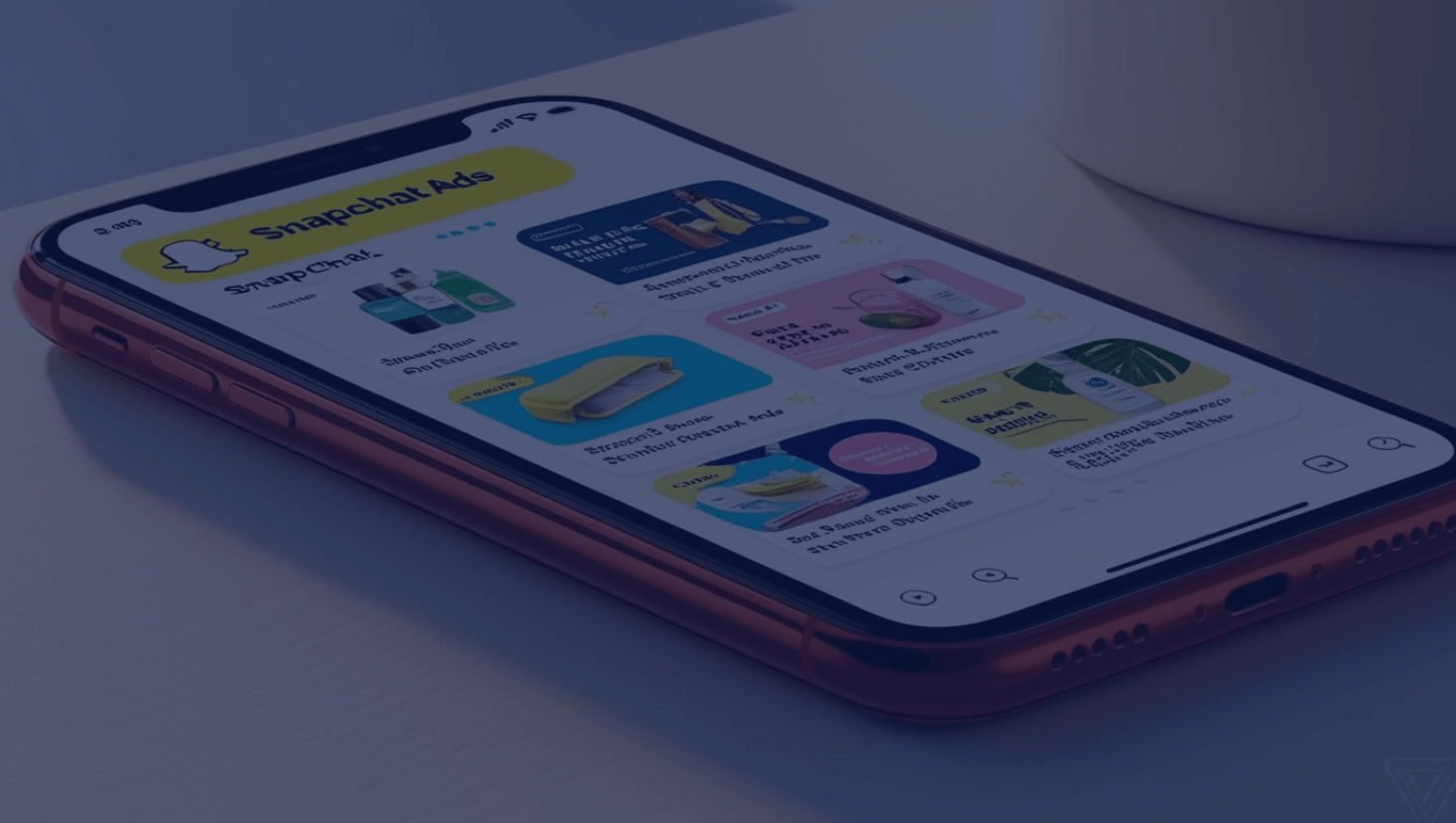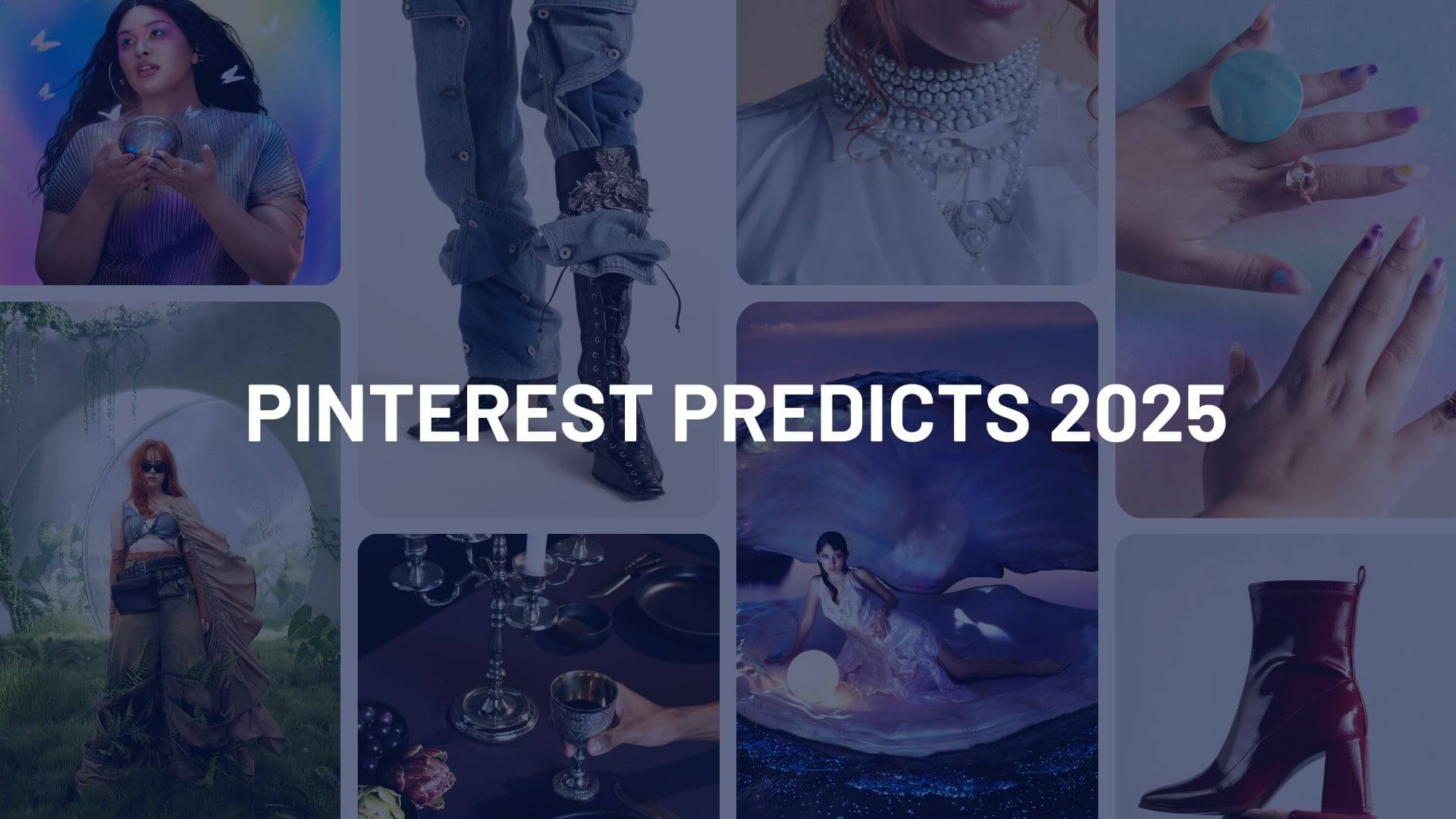If you build it, they will come.
In the world of online marketing this one of the most often quoted statements within the context of failure. While you might have the coolest site, most cutting edge application or cleverest content, if you have not formulated a plan to drive traffic and awareness, you are bound to fail. By now, most online marketers do realize this and all one needs to do is look at the Google profit machine to confirm that this lesson has been well heeded.
However, in the world of social media marketing this just does not seem to be the case. Many organizations spend untold hours planning their social media strategy, prepping content and designing their Facebook pages, only to find out that after six months of invested time and money, only a few hundred Facebook users who have stated they they actually “like” it.
For some reason, when it comes to social media many organizations spend a lot of time developing a great presence with great content, which they assume should just attract a huge base of likeminded individuals that want to like the page. But, when it does not happen they are left scratching their heads and wondering where they went wrong.
One way to change this is by leveraging Facebook’s advertising platform.
It’s very cost effective (CPC model) and if you are looking to grow your Facebook community, it really does work. Not only does it garner numbers, but due to its hypertargeting, or as I like to call it “micro-targeting” features, it enables you to connect with the right kind of people. This last feature is very important, because if you want to grow a presence on social networks, you not only need to grow your base; you need to connect with people who want to engage with your brand and also with each other. Therefore, targeting the right user base is very important, as this is what will enable you to facilitate and grow “community”, which in my opinion is the hallmark of social media marketing success.
Growing Your Base via Facebook Advertising:
An Overdrive Case Study
Objective:
A company needs to quickly grow their Facebook base, but do so within the correct demographic…those younger than 35 with very specific interests.
A secondary objective is to increase users engagement and activity on the page, as they are looking to create a “community hub” for users to share and exchange ideas and content with each other and with the brand.
Situation:
Upon the launch of this company’s Facebook page, initial promotion was very subtle as they purposely did not want to reach out to a mass audience, as they were very concerned about the “Right” kinds of people liking their Facebook page. This conservative approach resulted in a minimal number of users liking the page in the months following the launch. Such that six months after launching only around 500+ users had liked the page.
However, during this same time period the company had come to view their Facebook presence as strategic priority, but knew that in order to derive value from it, they needed to grow their base and do so very quickly.
Strategy:
It was decided that the best way to quickly remedy this issue was to do a very targeted Facebook ASU ad buy targeting only US based users, under 35, with very specific sets of interests. This ensured that not only would they reach the correct demographic, the interests of those targeted would be aligned with the ethos of the company.
All in all, after the user profile was created, Facebook estimated that the company had the opportunity to reach approximately 2.1mm users.
Implementation:
When the campaign was launched they opted to go with “Become A Fan” ad units (please note that this occured before the recent change to “like”), as these kinds of ads enable users to become a fan in two different ways. First they could click on a specific call to action within the ad itself and become a fan without leaving the page they were currently viewing, or if they chose to click on other areas of the ad they were taken to the company’s actual Facebook page, where they could become a fan there as well.
The messaging associated with the ads also spoke to the unique elements of the company’s community. Therefore, the messaging was not just about their product, but more about the lifestyle they represented. This was important as the message have needed to have appeal, but the company also wanted to tailor it to incite interest among specific groups of users as to what their community was all about. Therefore, the messaging worked both as a filter and also as a means to set expectations as to what kind of community the user would find upon deciding to like the page and visiting it.
The Result:
When all was said and done, the campaign drove a total of 60,000+ clicks to their Facebook page in less than 30 days and acquired 23,000 new fans, for a conversion rate of over 35%! (Again, please note that this occured before the recent change to “like”).
However, it also acquired an additional 4,000+ fans organically during this time period, so total new fan acquisition during this time period was 27,000+, which equated to fan growth of over 3,000%. Therefore, when the campaign concluded their fan page had over 28,000 fans!
Not only did the campaign grow their Facebook base, it also really fostered community. This point was emphasized that during the course of the campaign they saw a huge increase in interaction/engagement (96% growth), in terms of comments, wall posts and likes. They also saw a huge uptick in fan photo uploads as well, which increased by over 2,000%. Therefore, the campaign not only grew their Facebook user base, it also acquired a highly engaged network of individuals who actively wanted to connect with brand and also with each other.
Beyond just the numbers, the campaign was very successful in reaching and targeting the correct demographic. At its conclusion, 95% of their base and 78% of recent user engagement was comprised of individuals less than 35 years of age. Therefore, the campaign was not only very successful in connecting with the right target to grow their base, and but that it also helped facilitate targeted user-to-user and user-to-brand engagement as well.
Conclusion:
Outside of its massive audience and reach, one of the great things about social media is the ability to target a very, very specific audience. While many media properties claim to cater to very specific demographics and niche markets, which is supported by reams of data, the fact of the matter is that this data is mostly “representative” of the site’s audience as a whole. What I mean here is that while your desire is to reach users with specific needs and interests, in most cases you are targeting an audience profile, not specific individuals.
However, on social networks such as Facebook, users provide reams of very, very specific information about themselves…age, interest, hobbies, location and more. This information has in turn been compiled to enable you to create very specific profiles of targets you want to reach, based on age, sex, interest and more. This ultimately provides access to an incredibly targeted advertising platform that when leveraged correctly it can lead in very solid, targeted and tangible results.






